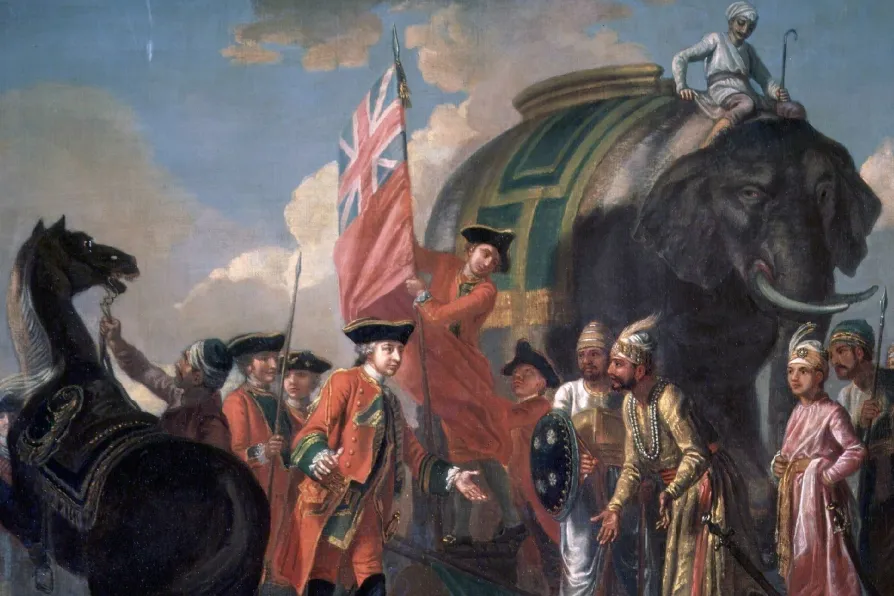The book feels like a writer working within his limits and not breaking any new ground, believes KEN COCKBURN

 Uncivilising mission: Painting of Robert Clive, EIC official and military commander, after the battle of Plassey in 1757, where many Bengalis
[Wikipedia]
Uncivilising mission: Painting of Robert Clive, EIC official and military commander, after the battle of Plassey in 1757, where many Bengalis
[Wikipedia]
THIS excellent chronicle of the rise and fall of the East India Company has real global resonance today.
The East India Company (EIC) was in many ways the first transnational corporation, starting life as a trading company in 1599 although, as author William Dalrymple notes, for some time the company struggled to get a foothold in India and the region.
That all changed in the mid-18th century. Over the 35 years to 1798 the EIC was effectively transformed from a trading company to an aggressive military combatant in the region, a privately owned imperial power with a standing army of 200,000 and territorial possessions far larger than that of its parent country.

BRENT CUTLER is intrigued by the imperialist, supremacist and contradictory history of a word that is used all too easily

ROGER McKENZIE argues that Western powers can see the beginning of the end in the rise of the global South — and racist reactions are kicking in












